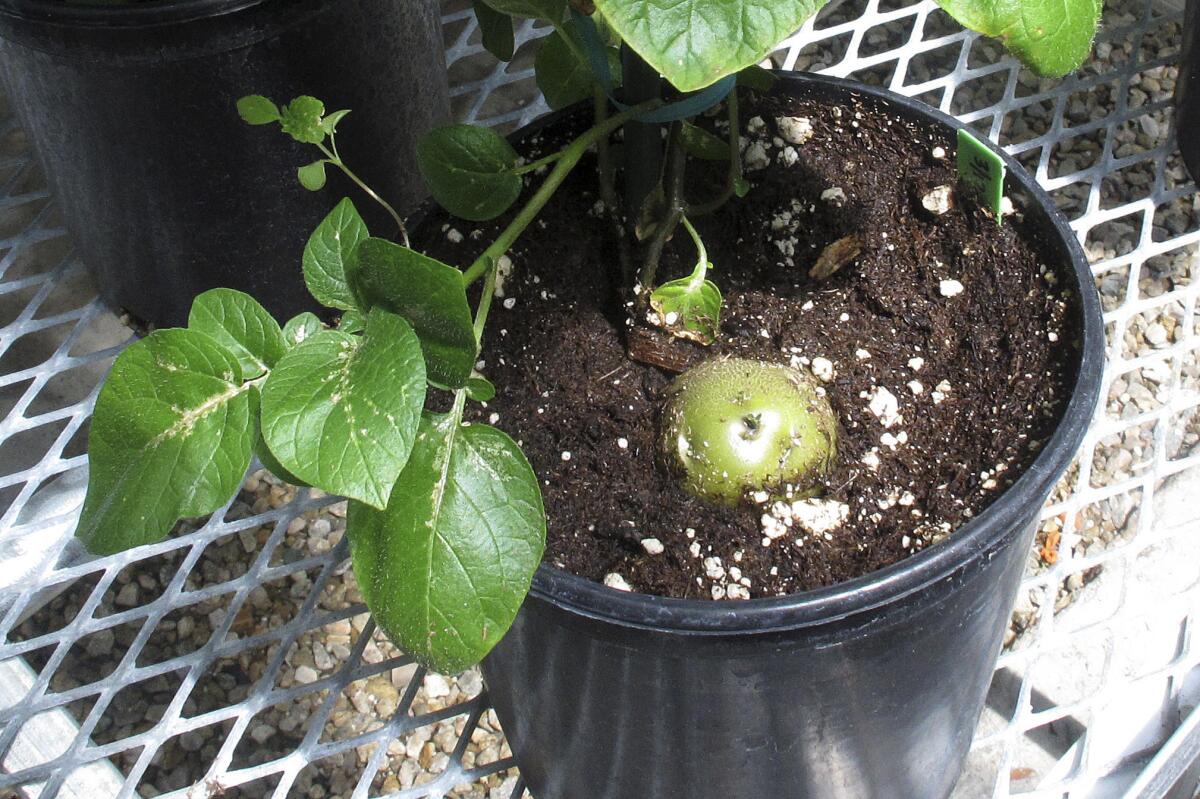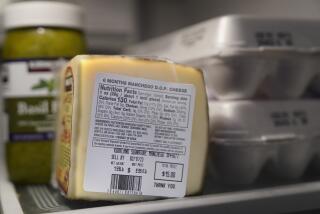On genetically engineered food, let the market decide

- Share via
The movement to force the labeling of genetically engineered food is gaining momentum. In November 2012, an initiative to require the labels in California was on the ballot; it was defeated. Now, federal legislation carried by Sen. Barbara Boxer (D-Calif.) would mandate labeling most bioengineered food nationwide.
Yet the movement’s argument is weakened by the lack of evidence that inserting fragments of DNA into crops harms our health. Pro-labeling activists — who also tend to be anti-Monsanto activists — point to polls finding that most Americans want the information labeled. But there is plenty about our food that consumers might like to know that is not on the labels. Food packages don’t have to include information about the use of pesticides or hormones. There is evidence that the widespread use of antibiotics in livestock, not to treat illness but to fatten animals and prevent disease from sweeping through crowded pens, is contributing to the rise of drug-resistant infections that threaten human health. Yet antibiotic use also remains unlabeled, and most consumers are unaware of the practice.
The U.S. Food and Drug Administration does require the labeling of artificial ingredients, and many people consider bioengineered food artificial. Corn that can survive certain pesticides certainly didn’t evolve naturally. But neither did the tomato, developed decades ago, that ripens into a bright, uniform red. The attractive color was a product of selective breeding, which had the unfortunate side effect of damping down the gene that provides a tomato’s sweetness. That too is genetic modification, but no one is pressing for labels on hybridized or selectively bred crops.
There are justified concerns about genetically engineered foods. Some have contributed to the rise of pesticide-resistant weeds and been linked to the decimation of monarch butterfly populations in the Midwest. In addition, because the crops’ DNA is owned and controlled by the companies that produce them, such as Monsanto, tough questions should be asked about the risks of having so much of the country’s food supply owned by a couple of companies. Some 85% or more of the corn and soybeans grown in the United States is genetically modified.
But consumers who want to avoid bioengineered foods have many ways of accomplishing that. Organic food is by definition not genetically engineered. Some producers of cornstarch and other products offer, and label, non-engineered versions for a higher price. Trader Joe’s has announced that all of the foods sold under its brand name are not sourced from bioengineered crops, and there are websites and apps devoted to selecting non-engineered foods. If there is a growing demand for such foods, the market will find a way to offer them.
More to Read
A cure for the common opinion
Get thought-provoking perspectives with our weekly newsletter.
You may occasionally receive promotional content from the Los Angeles Times.










